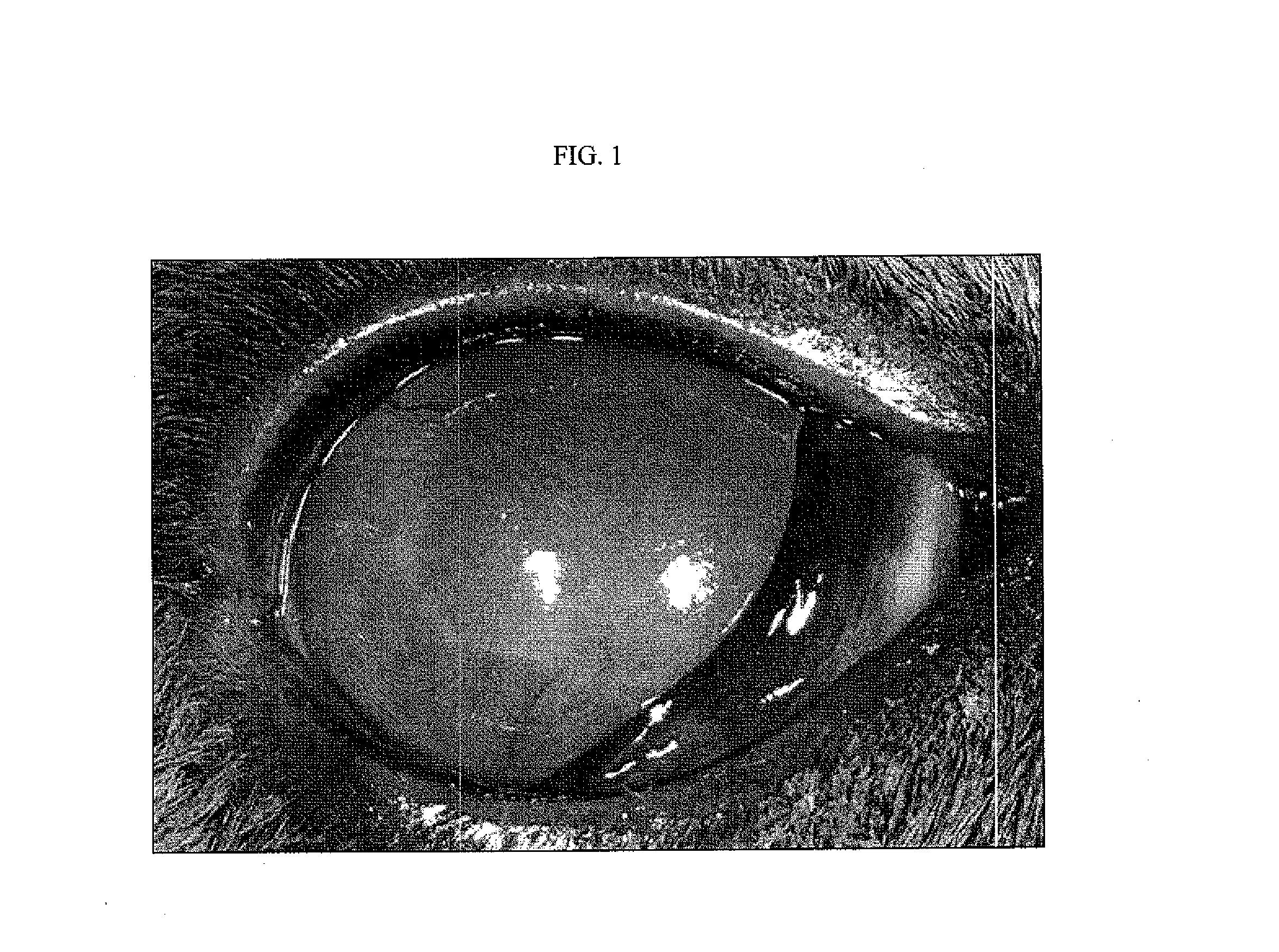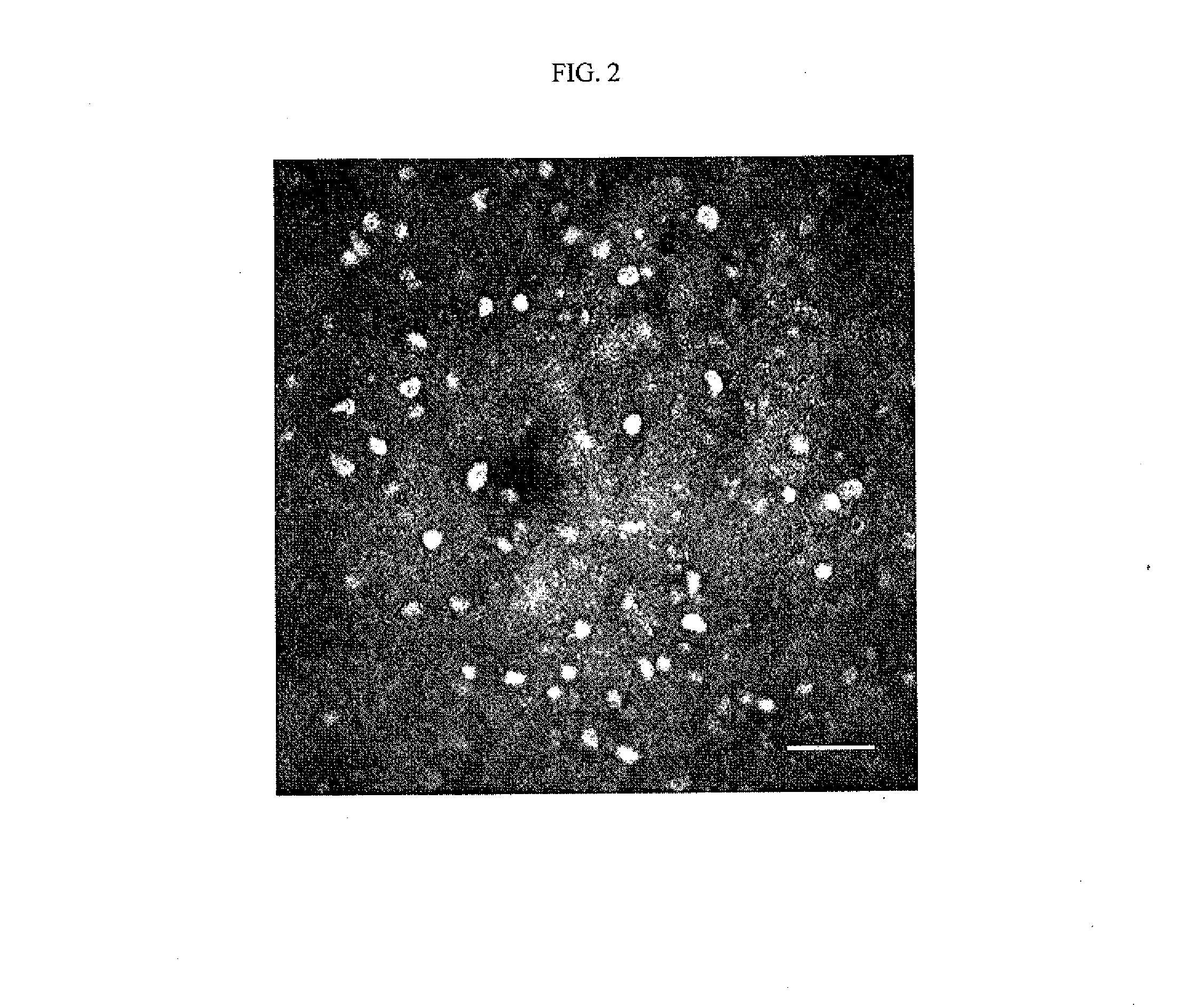Model system of acanthamoeba keratitis syndrome and method for selecting a treatment thereof
- Summary
- Abstract
- Description
- Claims
- Application Information
AI Technical Summary
Benefits of technology
Problems solved by technology
Method used
Image
Examples
Embodiment Construction
[0027]For an animal to serve as a useful model, the disease or pathology in the animal model has to be similar in etiology and function to the human equivalent disease or pathology. As different animals display different similarities and dissimilarities to humans, care should be taken in selecting the appropriate animal model for a specific human disease.
[0028]Accordingly, in one embodiment, the present invention provides an animal model for an Acanthamoeba induced ocular complication, viz., Acanthamoeba keratitis, in a member of the felidae family (viz., a cat) in which the Acanthamoeba induced ocular complication is associated with clinical lesions that are substantially identical to humans.
[0029]In one aspect, the invention is directed to the first identified naturally-acquired Acanthamoeba keratitis syndrome in an animal species (e.g., domestic cats) in which pathogenic amoeba colonize extraocular tissues causing disease that is clinically identical to those described in humans ...
PUM
| Property | Measurement | Unit |
|---|---|---|
| Digital information | aaaaa | aaaaa |
| Fraction | aaaaa | aaaaa |
| Fraction | aaaaa | aaaaa |
Abstract
Description
Claims
Application Information
 Login to View More
Login to View More - R&D
- Intellectual Property
- Life Sciences
- Materials
- Tech Scout
- Unparalleled Data Quality
- Higher Quality Content
- 60% Fewer Hallucinations
Browse by: Latest US Patents, China's latest patents, Technical Efficacy Thesaurus, Application Domain, Technology Topic, Popular Technical Reports.
© 2025 PatSnap. All rights reserved.Legal|Privacy policy|Modern Slavery Act Transparency Statement|Sitemap|About US| Contact US: help@patsnap.com



